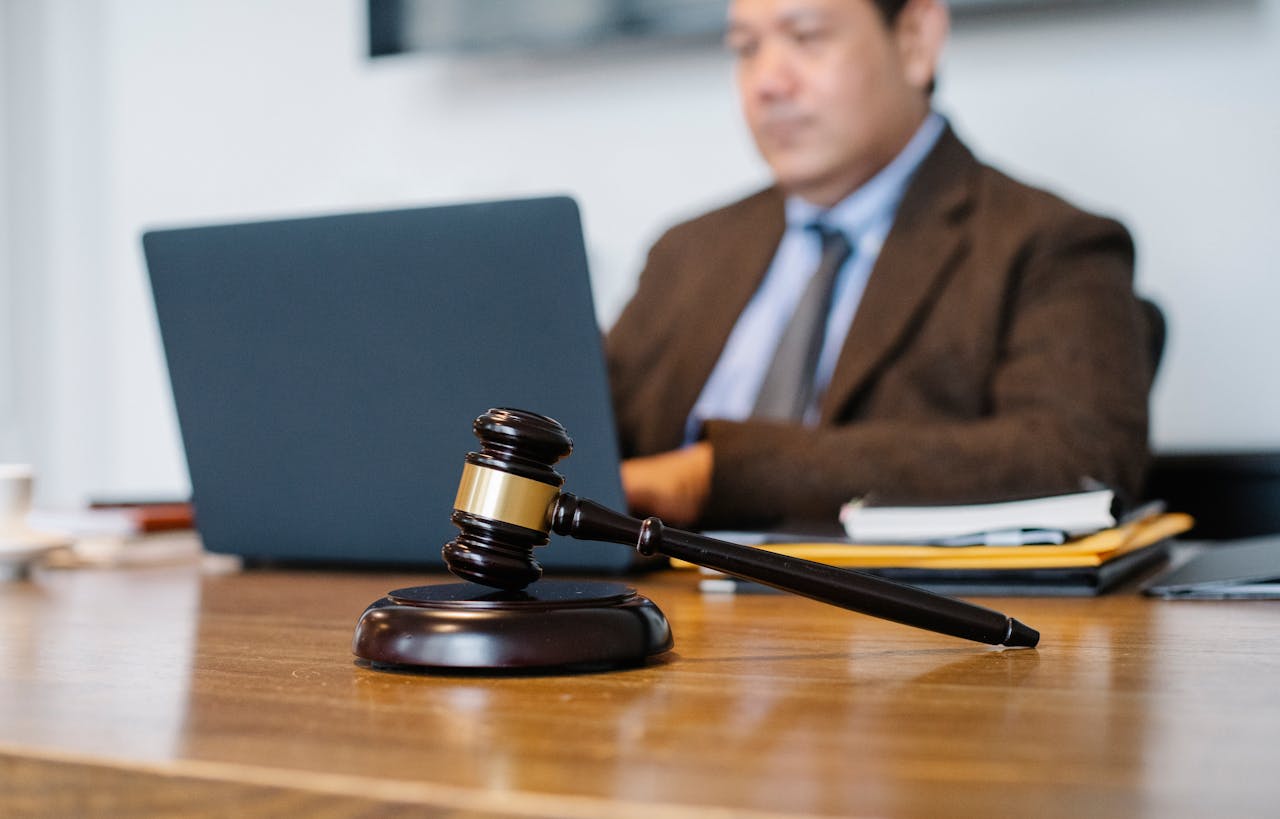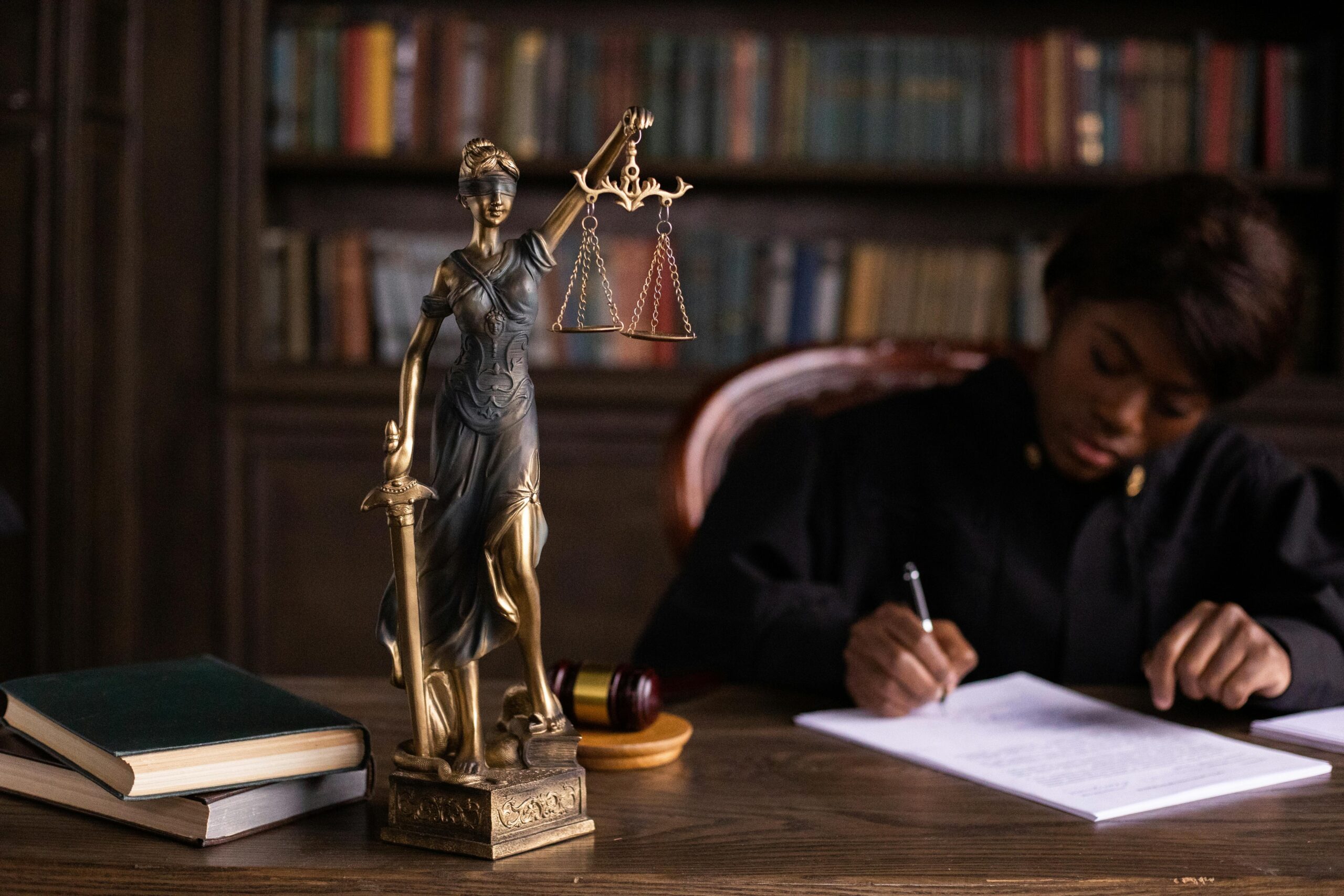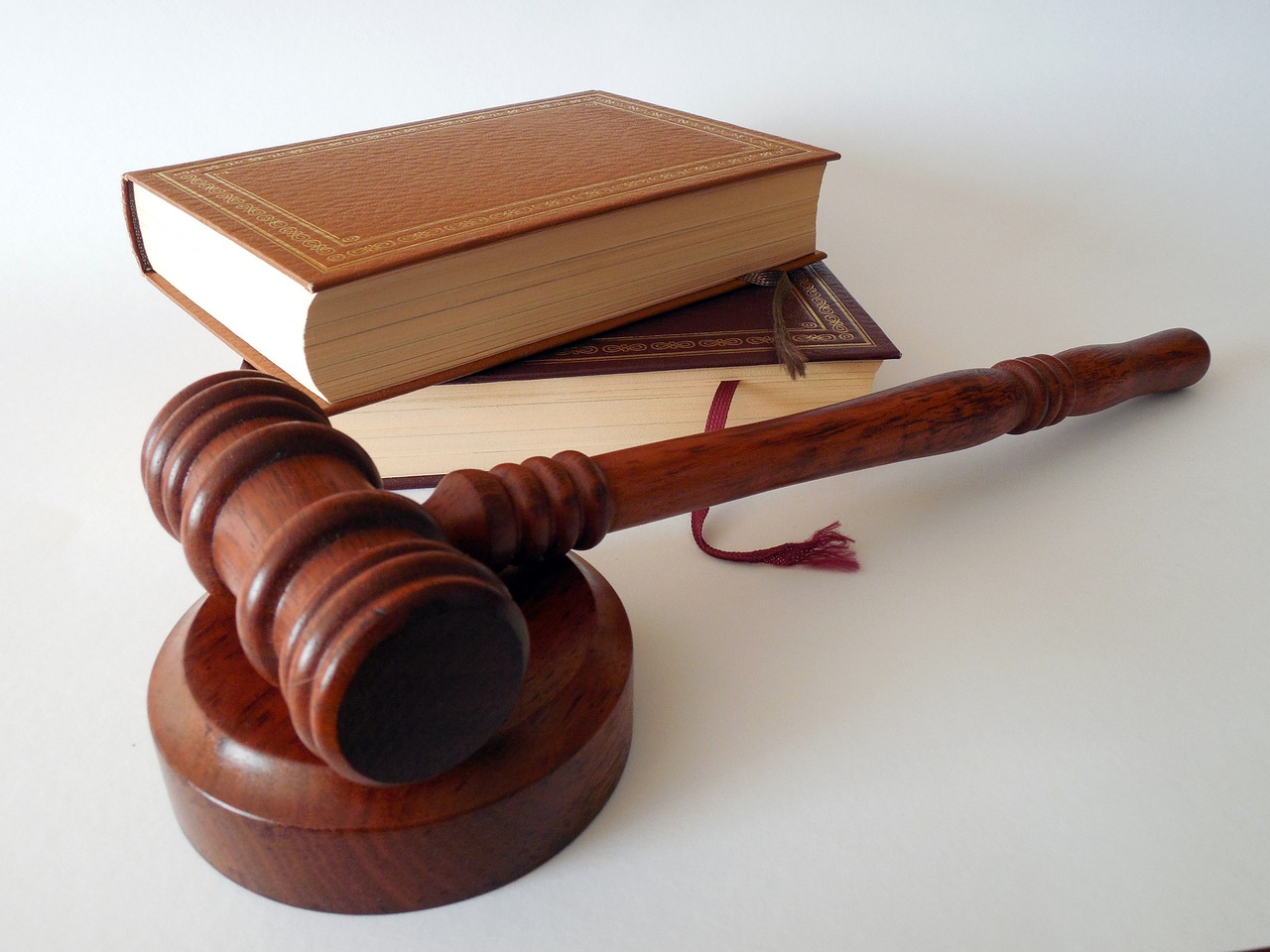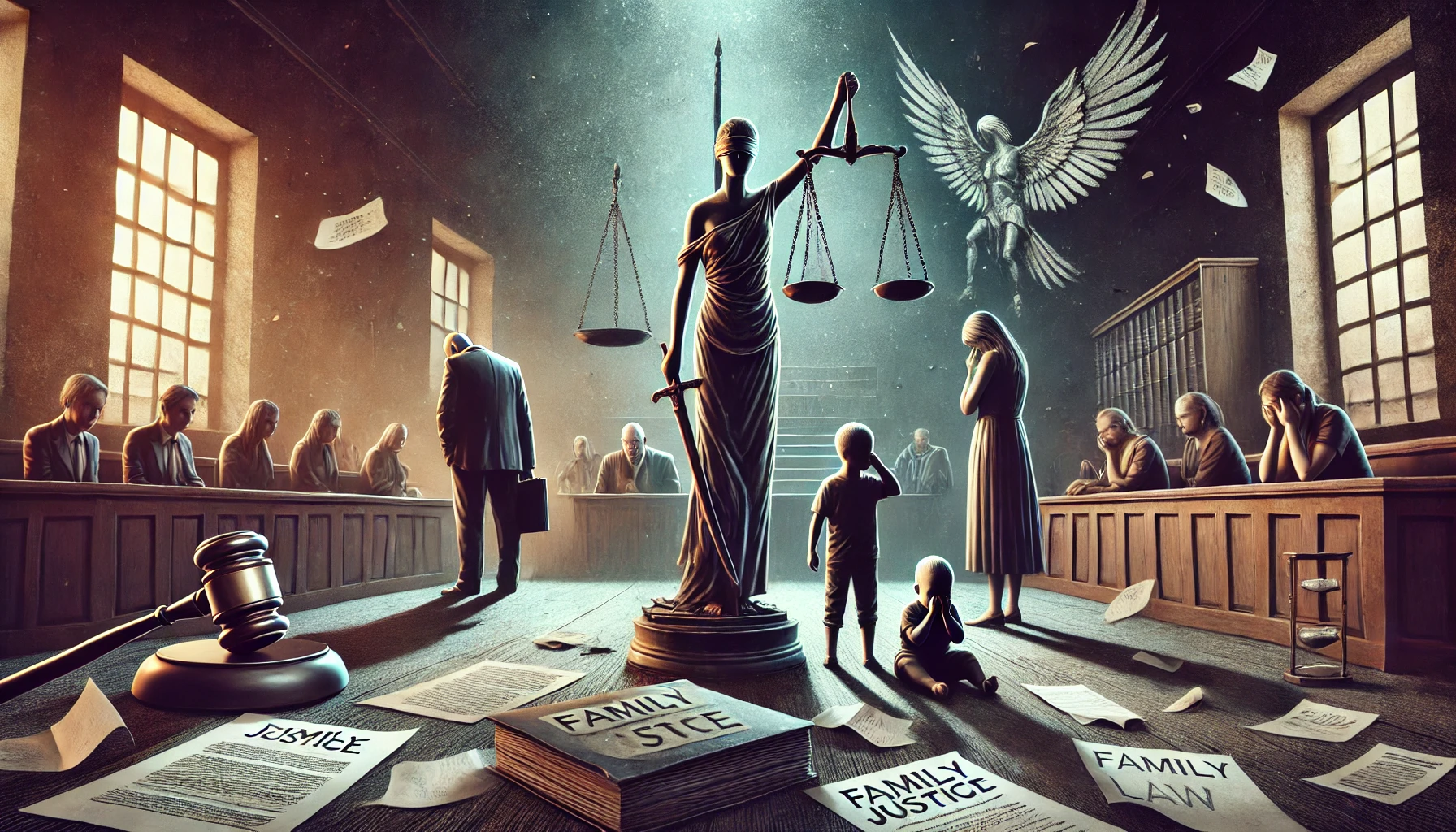Authored By: Gaurika Kothari
Alankar Law College
Abstract
This paper explores the dynamic relationship between law and media in the context of Indian democracy, focusing on how legal provisions both protect and restrict journalistic freedom. While Article 19(1)(a) of the Indian Constitution guarantees freedom of speech and expression, including press freedom, Article 19(2) allows the state to impose reasonable restrictions under specific grounds such as national security and public order. Historically, the judiciary has played a pivotal role in upholding press freedom, as seen in landmark cases like Romesh Thapar v. State of Madras and R. Rajagopal v. State of Tamil Nadu. However, in recent years, indirect forms of control—such as smear campaigns, censorship, surveillance, and media ownership concentration—have emerged as significant threats to independent journalism. The paper also examines the growing concern of media bias, influenced by political affiliations and corporate interests, which challenges the credibility of public interest reporting. Through legal analysis, case studies, and recent events, this study evaluates whether Indian journalism can truly operate independently and fairly within the legal and political framework that surrounds it.
Introduction
A democratic government is fundamentally rooted in the will and participation of the people. In India, the political framework operates as both a democracy and a republic, supported by three key institutions: the executive, the legislature, and the judiciary. Since the 17th century, the media—particularly the press—has come to be regarded as the fourth pillar of democracy due to its significant influence and societal role. Often referred to as the “fourth branch” of government, mass media serves to inform the public not only about governmental operations but also about broader social, economic, and political developments globally.
When any of the three formal branches of government fail to function effectively or are compromised by corruption, the media often acts as a watchdog, holding those in power accountable. Although it lacks formal constitutional or statutory authority over the government, the media exerts influence by critiquing flawed policies and shaping public discourse. In this role, it is commonly described as the “Fourth Estate.”
This estate comprises journalists, photographers, broadcasters, and others who contribute to the dissemination of news and information. The existence of a free and independent press is essential to the functioning of a democratic society, as it ensures transparency and enables informed civic participation. Recognizing this, the United Nations General Assembly has declared May 3rd as World Press Freedom Day to highlight the importance of press freedom and raise awareness of threats to media independence. In a democracy, the press must be able to publish and circulate information freely in the public interest, with the primary goal of informing citizens through factual reporting on matters of general concern.
In India – Article 19(1) gives strength to this pillar of the democracy as (1)All citizens shall have the right-(a)to freedom of speech and expression;[1]
Brief History
The evolution of press freedom has been a lengthy and transformative process, beginning as early as 1695 when Britain decided to eliminate the requirement for pre-publication licensing of newspapers. This moment marked a foundational shift in the relationship between the government and the press, laying the groundwork for modern democratic principles such as transparency, accountability, and the right to dissent. Prior to the lapse of the Licensing Act, British authorities maintained strict oversight, mandating that all printed materials receive official approval—effectively allowing them to stifle criticism and opposing viewpoints.
When Parliament opted not to renew the Licensing Act in 1695, it ushered in a new era of relative press independence. The subsequent growth in newspapers and political pamphlets significantly contributed to increased public debate and political engagement. This progress continued when Sweden, in 1766, became the first country to enshrine press freedom in its constitutional framework through the Freedom of the Press Act.
A major milestone followed in 1791 when the United States Constitution incorporated the First Amendment, explicitly protecting freedom of speech and the press. This legal safeguard was revolutionary at a time when many governments around the world still practiced extensive censorship and suppression of the media.
In colonial India, the press was instrumental in mobilizing public opinion during the struggle for independence. The British regime enacted restrictive measures such as the Censorship of Press Act of 1799 and the Vernacular Press Act of 1878 to curb dissent and nationalist activity. Despite these efforts, newspapers like Kesari, edited by Bal Gangadhar Tilak, and The Hindu emerged as prominent platforms advocating for political change and awakening national consciousness.
These historical efforts laid the foundation for India’s post-independence emphasis on press freedom, ultimately culminating in the inclusion of this right under Article 19(1)(a) of the Indian Constitution, which guarantees freedom of speech and expression, including the freedom of the press.[2]
Judicial Interpretations
The Romesh Thapar v State of Madras (1950) SCR 594 case
The case arose when the Madras government banned the journal CrossRoads for publishing reports on police violence resulting in the deaths of 22 Communists, invoking the Madras Maintenance of Public Order Act. Romesh Thapar challenged the ban in the Supreme Court, which in May 1950 struck down the Act as unconstitutional, holding that any restriction on free speech must be narrowly tailored and directly related to state security. The Court made a crucial distinction between “public order” and “security of the state,” effectively limiting the state’s power to impose arbitrary censorship. This judgment set a precedent for interpreting freedom of expression as a core democratic right and restricted the scope of state interference in press activities.[3]
But – Article 19(2) imposes reasonable restrictions on the freedom of press as: Nothing in sub-clause (a) of clause (1) shall affect the operation of any existing law, or prevent the State from making any law, in so far as such law imposes reasonable restrictions on the exercise of the right conferred by the said sub-clause in the interests ofthe sovereignty and integrity of India, the security of the State, friendly relations with Foreign States, public order, decency or morality or in relation to contempt of court, defamation or incitement to an offence.
- Court is a 2014 Indian legal drama film, marking the directorial debut of Chaitanya Tamhane, who also wrote the screenplay. The movie explores the Indian judicial system by portraying the trial at Mumbai Sessions Court of Narayan Kamble (played by Vira Sathidar), an elderly protest singer charged with allegedly inciting a manhole worker to take his own life through one of his folk songs. This movie explores the abuse of the freedom of speech, and how the law holds those responsible, who have the power to reach masses. Poetry, speeches, if they reach the masses- are part of mass media. This is why there is emphasis on how this freedom should be used wisely.
- The case of Rajagopal v. State of Tamil Nadu (1994) is regarded as a landmark decision concerning the right to freedom of speech and expression as well as the right to privacy. The case arose when the state sought to prevent the publication of an autobiography by a death-row prisoner named Shankar. The government argued that the book contained content that could potentially damage the state’s reputation and therefore banned its publication. However, the Supreme Court ruled that prohibiting the book’s publication solely on the basis of a fear of defamation violated the fundamental right to free speech. The Court clarified that while the state cannot impose prior restraint on the publication, it retains the right to pursue defamation claims after the book is published if it contains defamatory material. Shankar, an auto driver, was convicted of murder and sentenced to death. While in prison, serving his sentence, he wrote an autobiography describing his involvement with some senior prison officials in illegal activities. Before his execution, he sent the manuscript of the book to his wife through prison authorities. His wife then gave the book to the petitioners—who were the editor, printer, publisher, and associate editor of Nakkheeran, a Tamil weekly magazine—to publish it. However, the Inspector-General of Prisons sent a letter to the petitioners, claiming that the autobiography was false and that publishing it would violate prison rules. The Inspector-General warned that legal action would be taken if the book was published, as it was believed to be defamatory towards the prison staff and officials. However, the judgement was that- The Court emphasized that defamation laws provide adequate protection after publication, and the state can take legal action if the content is found to be defamatory. Therefore, prior censorship by the state is unconstitutional unless there is a strong and immediate threat to public order or other valid grounds under Article 19(2). This judgment also recognized the right to privacy, ruling that publication should not infringe on individual privacy unless justified by a larger public interest.[4]
Limitations faced due to political and biased intervention
However broad the law is, the sad reality is that public interest journaling often faces criticism, and threats. The curb of freedom is not direct, but indirect- through smear campaigns, defamation claims, blackmailing, often time the truth gets hidden. The recent uproar of the Vijay Mallya podcast by Raj Shamani – got me thinking, do we have limited access to the truth because of politics? Some recent incidents related to this are, New Delhi, December 20, 2024 — Indian journalist Anand Mangnale had become the subject of an online smear campaign that began on December 5, when Nishikant Dubey, a Member of Parliament from the ruling Bharatiya Janata Party (BJP), accused him in Parliament of being linked to an alleged plot to “derail” the Indian government through foreign funding.
“Investigative journalism has played a vital role in exposing corruption and holding those in power accountable,” said Beh Lih Yi, CPJ’s Asia program coordinator. “Attempts to undermine public interest reporting and intimidate journalists through smear tactics have had a chilling effect on press freedom. CPJ had called on the ruling BJP to uphold the role of journalists in a democracy and to avoid misusing its authority to pressure the media.”
Mangnale, who served as the South Asia regional editor at the Organized Crime and Corruption Reporting Project (OCCRP), had earned recognition for his investigations into alleged corporate misconduct, financial irregularities, and corruption tied to the Adani Group, one of India’s largest conglomerates.
The BJP’s official account on social media platform X had amplified Dubey’s claims, further alleging that Mangnale raised funds for the opposition and provided “Chinese money” to an individual accused of involvement in the 2020 Delhi riots.
These claims were based on a report by the French news outlet Mediapart, which later rejected the allegations, stating that the BJP had “wrongly exploited” its reporting to discredit independent journalism.
The smear campaign followed developments in November 2024, when the U.S. Justice Department indicted Gautam Adani, chairperson of the Adani Group, along with his associates, on charges of bribing Indian officials to win contracts and misleading American investors about the company’s anti-corruption efforts.
Mangnale told CPJ he expected these developments to potentially lead to new legal actions or escalate existing ones against him.
Back in May 2024, Indian authorities had summoned Mangnale for questioning over alleged involvement in terrorism linked to his past work with Newsclick. No formal charges had been filed. He had also been among a number of prominent Indian journalists reportedly targeted with Pegasus spyware.[5]
During the six-month period between October 2022 and March 2023, at least 124 instances of press freedom violations were recorded, with most occurring due to actions taken by public authorities, including law enforcement and judicial bodies.
The IPI documented 35 cases of censorship during this time, including government-mandated internet and mobile network shutdowns, which totaled at least 20. In 2022 alone, India imposed 84 internet shutdowns, making it the leading country in this practice for the fifth consecutive year. Over half of these disruptions were concentrated in Jammu and Kashmir.
Authorities also exercised emergency powers to tighten control over online content and suppress independent journalism. As part of this effort, Twitter was directed to block 122 accounts belonging to journalists, writers, and politicians in India, during an ongoing crackdown on civil liberties in Punjab. In January 2023, the government ordered Twitter and YouTube to remove clips from a BBC documentary critical of Prime Minister Narendra Modi, followed by raids on BBC offices in New Delhi and Mumbai, citing tax-related investigations.
Additionally, Gautam Adani, a billionaire known for his ties to Modi, took over NDTV, acquiring nearly 65% of the formerly independent news channel.[6]
Vijay Mallya recently appeared on a four-hour podcast with YouTuber Raj Shamani, where he discussed various aspects of his legal battles, financial troubles, and media portrayal. The podcast, titled Vijay Mallya Podcast: Rise & Downfall Of Kingfisher Airlines, Loans & RCB, has gained over 20 million views in just four days. During the conversation, Mallya spoke about trial by media, claiming that he has been subjected to sensationalism and political targeting for nearly a decade. He expressed frustration over being labeled a “fugitive” and argued that public opinion in India is heavily influenced by media narratives. He also criticized the government’s handling of Kingfisher Airlines’ financial crisis, stating that he had made multiple settlement offers to banks, but they were rejected.Mallya further stated that he would consider returning to India if assured a fair trial and dignified treatment. He emphasized that his side of the story has not been fairly represented in mainstream media, which is why he chose to speak on an independent online platform rather than traditional news outlets.[7]
Conclusion
While the Indian Constitution guarantees freedom of speech and expression under Article 19(1)(a), including the freedom of the press, this right is not absolute. Article 19(2) allows the state to impose reasonable restrictions in the interest of sovereignty, public order, morality, and national security. Historically, landmark judgments such as Romesh Thapar v. State of Madras and R. Rajagopal v. State of Tamil Nadu have reinforced the judiciary’s role in safeguarding press freedom, ensuring that censorship and prior restraint are held in check.
However, in practice, the independence of the media is increasingly under strain. Legal provisions have sometimes been misused to target dissenting voices, and more concerningly, political forces have found indirect methods—such as smear campaigns, surveillance, defamation threats, and ownership of media houses—to curb critical journalism. Investigative reporters like Anand Mangnale and incidents involving media censorship, such as the blocking of BBC content or online restrictions in Kashmir, indicate a shrinking space for press freedom.
Moreover, media bias—whether driven by political affiliations, corporate interests, or state influence—raises questions about the credibility and objectivity of journalism. While some outlets strive to uphold journalistic ethics, others have been accused of indulging in “trial by media,” sensationalism, or acting as propaganda arms for powerful entities.
Therefore, while the law theoretically offers robust protections to the media, its effectiveness depends on vigilant enforcement, judicial independence, and public support for free expression. A democracy thrives only when the media remains fearless, factual, and free—serving the people, not power.
Reference(S):
- Dabral S, ‘Role and Impact of Media as the Fourth Estate of Indian Democracy’ (2023) 10 International Journal of Research and Analytical Reviews (IJRAR) <ijrar.org> accessed 8 June 2025
- Arvin G, ‘Freedom of Press’ (Superkalam, April 2025) https://superkalam.com/upsc-mains/topics/freedom-of-press accessed 8 June 2025.
- Drishti IAS, ‘Landmark Rulings Safeguarding Freedom of Press in India’ (Drishti IAS, 2023) https://www.drishtiias.com/daily-updates/daily-news-analysis/landmark-rulings-safeguarding-freedom-of-press-in-india accessed 8 June 2025
- Rachit Garg, ‘R. Rajagopal and Ors. v. State of Tamil Nadu, 1994 SCC (6) 632: Case Study’ (iPleaders, 28 January 2022) https://blog.ipleaders.in/r-rajagopal-and-ors-v-state-of-tamil-nadu-1994-scc-6-632-case-study/ accessed 8 June 2025.
- Committee to Protect Journalists, ‘Indian journalist who exposed corruption targeted with online smear campaign’ (CPJ, December 2024) https://cpj.org/2024/12/indian-journalist-who-exposed-corruption-targeted-with-online-smear-campaign/, accessed 10 June 2025.
- International Press Institute, ‘India Monitoring: October 2022–March 2023’ (IPI, 2023) https://ipi.media/india-monitoring-october-2022-march-2023/, accessed 10 June 2025.
- Raj Shamani, ‘Vijay Mallya Podcast: Rise & Downfall Of Kingfisher Airlines, Loans & RCB’ (YouTube, June 2025) https://youtu.be/MdeQMVBuGgY?feature=shared, accessed 10 June 2025.





